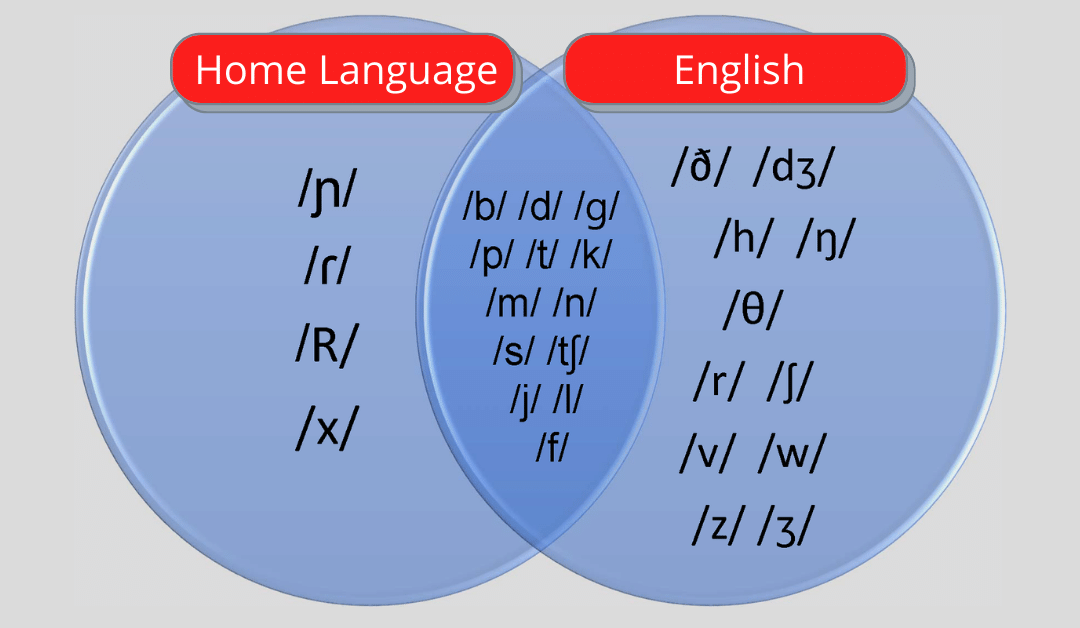Course Type: Video – 1 1/2 hours
ASHA Course Code: Diversity, Equity, and Inclusion in Education, Training, Service Delivery, Public Policy – 7030
Learn whether certain articulation errors that a bilingual child produces should be counted as incorrect. The sound systems of a bilingual child’s two languages interact in predictable ways. Using Spanish and English as an example, this course provides a framework for identifying “errors” that are typical and those that are atypical.
Level, Authors, and Disclosures
Financial Disclosure: Ellen Kester, Ph.D., CCC-SLP. Dr. Ellen Kester is the owner of Bilinguistics and receives a salary. Bilinguistics receives royalty payments for online courses.
Non-Financial Disclosure: Ellen Kester does not have any non-financial relationships to disclose.
Financial Disclosure: Scott Prath, M.A., CCC-SLP is a salaried employee of Bilinguistics. Bilinguistics receives royalty payments for online courses.
Non-Financial Disclosure: Scott Prath does not have any non-financial relationships to disclose.
Read More
This course provided a framework that can be applied to any two languages to assess whether speech errors are atypical or due to second language influence. We discussed how a second language influences sound acquisition by identifying which sounds exist in both languages. We approached phonological development with an eye on which processes exist in either language.
Participants will:
- Understand typical speech development for bilinguals
- Identify typical speech processes of bilinguals
- List similarities in typical monolingual and bilingual speech development
- Identify speech intervention goals for bilingual children
Time-Ordered Agenda:
05 minutes: Introduction
20 minutes: Issues in understanding speech development when two
languages are present
20 minutes: A framework of language interaction
20 minutes: Expected speech influence across languages
15 minutes: Formal and informal assessment
15 minutes: Case Studies
05 minutes: Conclusion



